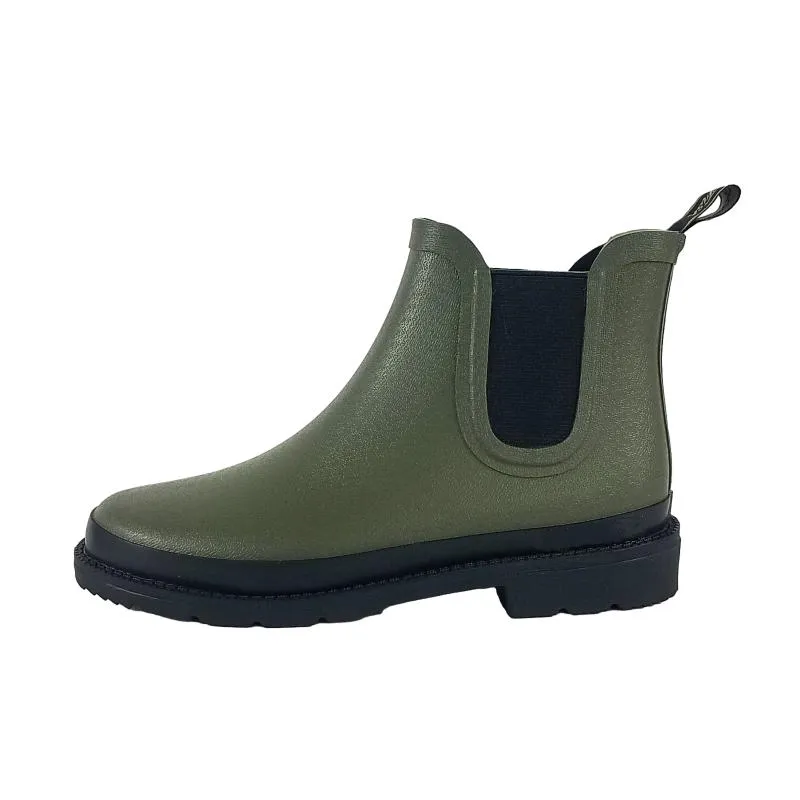A Comprehensive Guide to Sports Shoe Types
When it comes to sports and physical activities, having the right footwear is crucial for performance, comfort, and injury prevention. Sports shoes are specifically designed to meet the diverse needs of various activities, each providing unique features to enhance the user's experience. In this article, we will delve into the different types of sports shoes, their characteristics, and the best uses for each type.
1. Running Shoes
Running shoes are designed primarily for running, offering excellent cushioning, arch support, and flexibility. These shoes come in various subcategories, including road running shoes, trail running shoes, and racing flats.
- Road Running Shoes These are lightweight and provide sufficient cushioning for pavement and smooth surfaces. They prioritize shock absorption to reduce impact on the joints. - Trail Running Shoes Designed for off-road running, trail shoes feature rugged outsoles for better traction on uneven terrain, and they often come with reinforced toes for protection against rocks and roots.
- Racing Flats These shoes are lighter and more minimal than traditional running shoes, ideal for competitive runners who seek speed without excessive cushioning.
2. Basketball Shoes
Basketball shoes are built to provide ankle support, cushioning, and traction on the court. They typically have a high-top design that covers the ankle to prevent injuries during lateral movements. The outsoles of basketball shoes are made with rubber that grips the court surface, allowing for quick pivots and jumps.
When selecting basketball shoes, pay attention to factors such as the fit, as a snug fit enhances performance, and consider your playing style — whether you need low-tops for speed or high-tops for added support.
3
. Cross-Training ShoesCross-training shoes are versatile and suitable for various workouts, from weightlifting to aerobics and high-intensity interval training (HIIT). These shoes offer a balance of cushioning, support, and flexibility, making them ideal for gym activities that involve multiple movements and exercises.
A good cross-training shoe features a flat sole for weightlifting, adequate arch support, and lateral stability for side-to-side movements. This makes them a popular choice for fitness enthusiasts who participate in different types of training.
sports shoes types

4. Soccer Cleats
Soccer cleats are specifically designed for the game, enhancing traction and control on grass or turf fields. They feature studs or spikes on the outsole to provide grip, allowing quick starts, stops, and sharp turns.
Soccer cleats come in various types, including firm ground (FG) cleats for natural grass, soft ground (SG) cleats for wet conditions, and artificial ground (AG) cleats for synthetic surfaces. Select the type that matches your playing surface to maximize performance.
5. Tennis Shoes
Tennis shoes are designed for the quick, multidirectional movements involved in the game. They feature a durable construction to withstand the wear and tear of play on hard courts, grass, or clay.
The outsole pattern on tennis shoes varies depending on the playing surface. For instance, hard court shoes have a herringbone pattern for traction, while clay court shoes have a smoother outsole to prevent clay from sticking.
6. Cycling Shoes
Cycling shoes are designed to optimize power transfer when pedaling and increase efficiency. Equipped with stiffer soles, these shoes can have clips (cleats) that attach to the pedal, providing a secure connection.
There are different types of cycling shoes, including road cycling shoes, mountain biking shoes, and hybrid options, each tailored to the specific demands of cycling disciplines, ensuring performance and comfort.
Conclusion
Choosing the right sports shoes can significantly impact your performance and enjoyment in physical activities. With numerous types of sports shoes available, it's essential to consider your specific needs, the type of sport you engage in, and personal preferences regarding fit and comfort. Investing in the right footwear not only enhances your performance but also helps prevent injuries, making it a crucial element of any athlete’s gear. Whether you are a casual jogger or a competitive athlete, the right pair of sports shoes can make all the difference in achieving your fitness goals.
-
Stay Dry in Any Condition with WadersNewsJul.17,2025
-
Elite Performance with Camouflage Combat BootsNewsJul.17,2025
-
Dry and Comfortable with Green Rubber Garden ShoesNewsJul.17,2025
-
Convenient Protection with Foldable RainbootsNewsJul.17,2025
-
Comfort and Protection with Neoprene Work BootsNewsJul.17,2025
-
Brighten Rainy Days with Floral Rain BootsNewsJul.17,2025
-
Safety Wellies: The Ultimate Combination of Protection, Comfort, and VisibilityNewsJun.19,2025











